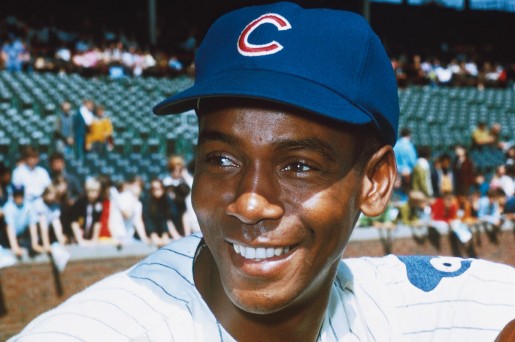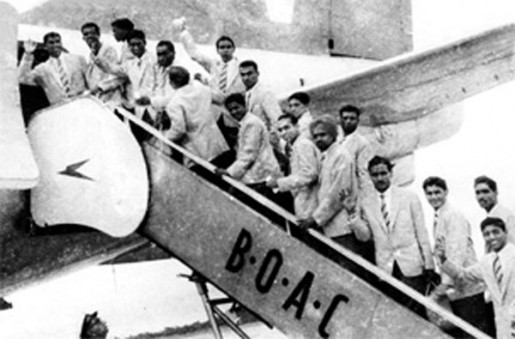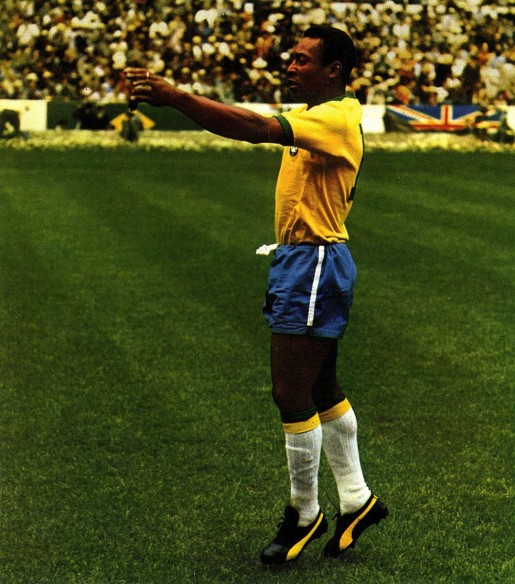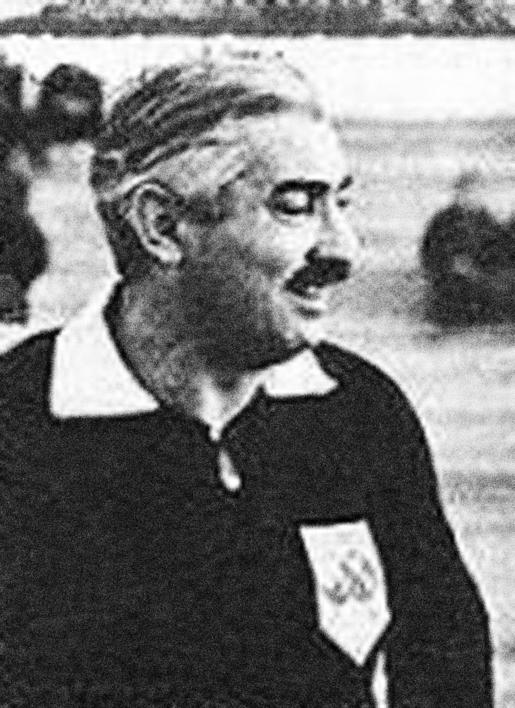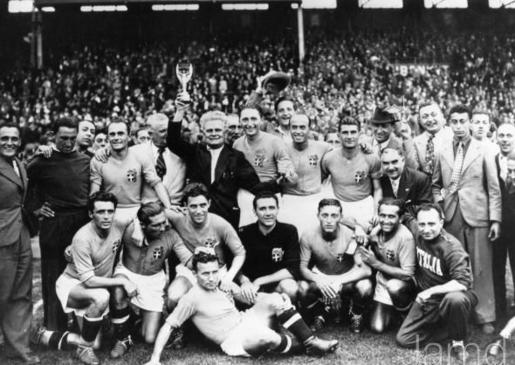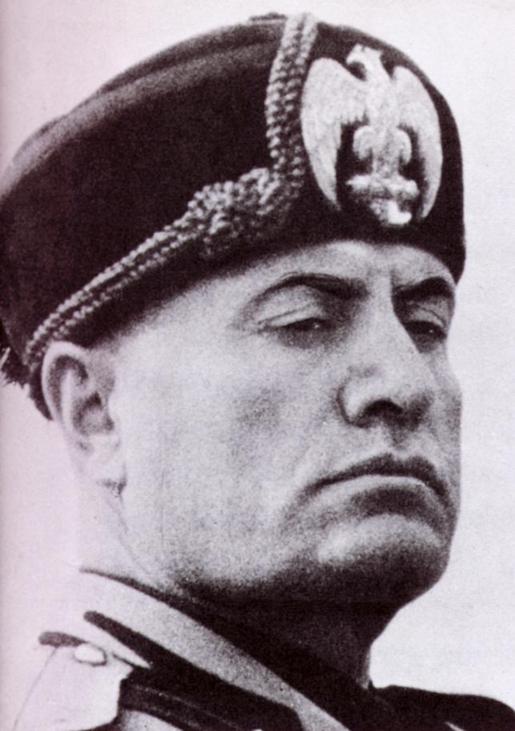Here is the latest in a series of examinations into urban legends about baseball and whether they are true or false. Click here to view an archive of the soccer/football urban legends featured so far.
SOCCER/FOOTBALL URBAN LEGEND: Johan Cruyff sat out the 1978 FIFA World Cup as a political protest.
There is a long history of countries using international athletic competitions as political tools. Just during a four year stretch during the 1930s, you had Japan trying to send a delegation from their puppet nation, Manchukuo, to solidify that country’s status as a “real” country in the 1932 Olympics, then Benito Mussolini using the 1934 FIFA World Cup to show Italian superiority and Adolf Hitler using the 1936 Olympics to do the same for Germany.
More recently, the United States and the Soviet Union used the 1980 and 1984 Olympics, respectively, to make political points through boycotts.
So when Argentina was named as the site for the 1978 FIFA World Cup tournament, it was a major political coup for the new military leadership of the country, who had taken over Argentina in a Coup d’état in 1976. Jorge Rafael Videla was the nominal president of a military junta (or council) that ran the country and made several human rights violations between 1976 and 1983.

In 1978, while people likely did not know the extent of the problems in Argentina (thousands of dissenters went “missing” in those years), they did know that there were some serious human rights problems going on. So a number of countries made noise when Argentina was named as the host country of the World Cup. However much bluster there was, no country ended up actually boycotting the event, not even Netherlands, which was one of the more vocal countries about the Argentine leadership.
There WAS one notable absence, though – Netherlands’ star player, Johann Cruyff, perhaps the best European football player of the 1970s, and the leader of the Netherlands team.
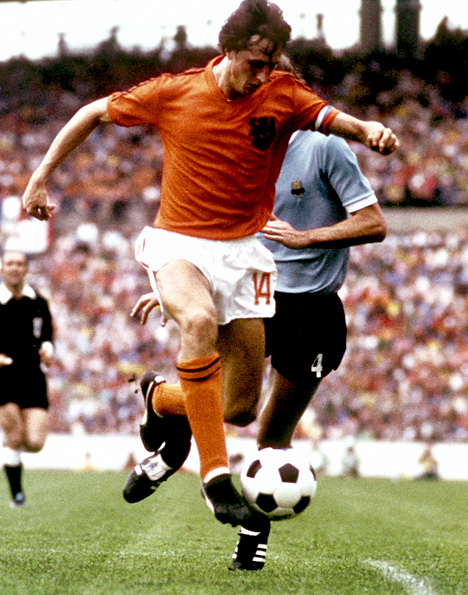
Cruyff helped lead Netherlands to the finals of the 1974 FIFA World Cup (where they lost to host West Germany) and was thought by many to have been the best player in that particular tournament, even though his team ultimately did not win it all. Cruyff retired from international play in October of 1977 at the age of 31. The presumption for decades was that Cruyff was protesting the military dictatorship and human rights abuses in Argentina – we now know that this almost certainly not the case.
Read the rest of this entry »
